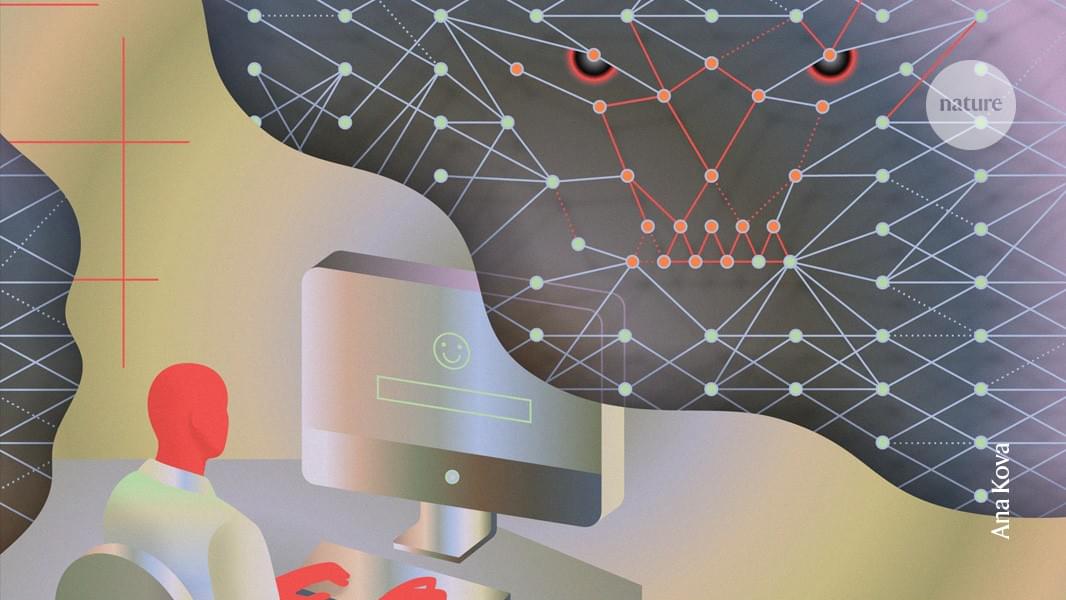The Royal Swedish Academy of Sciences has decided to award the 2025 Nobel Prize in chemistry to Susumu Kitagawa, Richard Robson and Omar M. Yaghi \.
Get the latest international news and world events from around the world.


Climate-smart housing design helps cities beat the heat
Painting walls in light colors, insulating roofs, choosing medium-sized windows, and aligning buildings to the sun’s path may seem like simple choices. But they could provide powerful defenses against climate change for millions of people in the world’s most vulnerable regions.
That’s the message of a study, appearing in the journal Energy and Buildings, which identifies low-cost, climate-smart design strategies as crucial for future housing in Latin America’s rapidly warming cities.
Researchers used computer simulations to test how various climate-resilient building projects would perform under current and projected climate conditions in five major cities—Rio de Janeiro and São Paulo, in Brazil, Santiago (Chile), Bogotá (Colombia), and Lima (Peru).
The Limits of AI: Generative AI, NLP, AGI, & What’s Next?
Ready to become a certified watsonx AI Assistant Engineer v1? Register now and use code IBMTechYT20 for 20% off of your exam → https://ibm.biz/BdeNSk.
Learn more about Limits of Generative AI here → https://ibm.biz/BdeNSt.
🤖 How far can AI go? Jeff Crume examines generative AI, NLP, and AGI, unpacking solved milestones like reasoning and creativity while tackling ongoing challenges like hallucinations and sustainability. Learn about the limits of AI and its role alongside humans in shaping the future.
AI news moves fast. Sign up for a monthly newsletter for AI updates from IBM → https://ibm.biz/Bde7Sz.
#ailimit #futureofai #aievolution
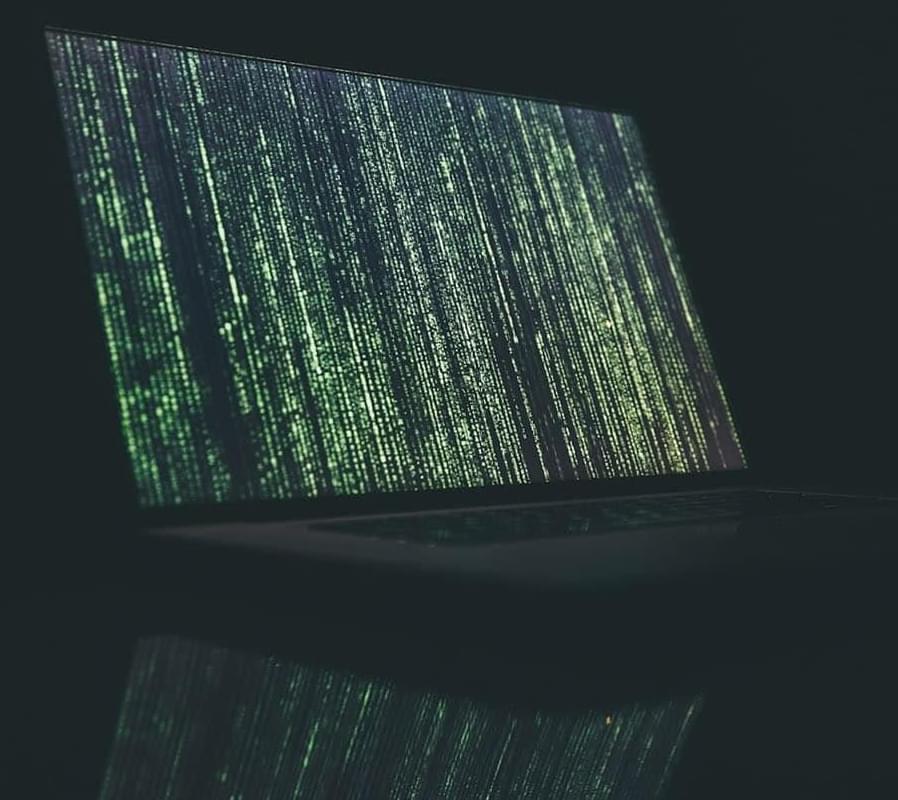
Hardware vulnerability allows attackers to hack AI training data
Researchers from NC State University have identified the first hardware vulnerability that allows attackers to compromise the data privacy of artificial intelligence (AI) users by exploiting the physical hardware on which AI is run.
The paper, “GATEBLEED: A Timing-Only Membership Inference Attack, MoE-Routing Inference, and a Stealthy, Generic Magnifier Via Hardware Power Gating in AI Accelerators,” will be presented at the IEEE/ACM International Symposium on Microarchitecture (MICRO 2025), being held Oct. 18–22 in Seoul, South Korea. The paper is currently available on the arXiv preprint server.
“What we’ve discovered is an AI privacy attack,” says Joshua Kalyanapu, first author of a paper on the work and a Ph.D. student at North Carolina State University. “Security attacks refer to stealing things actually stored somewhere in a system’s memory—such as stealing an AI model itself or stealing the hyperparameters of the model. That’s not what we found. Privacy attacks steal stuff not actually stored on the system, such as the data used to train the model and attributes of the data input to the model. These facts are leaked through the behavior of the AI model. What we found is the first vulnerability that allows successfully attacking AI privacy via hardware.”
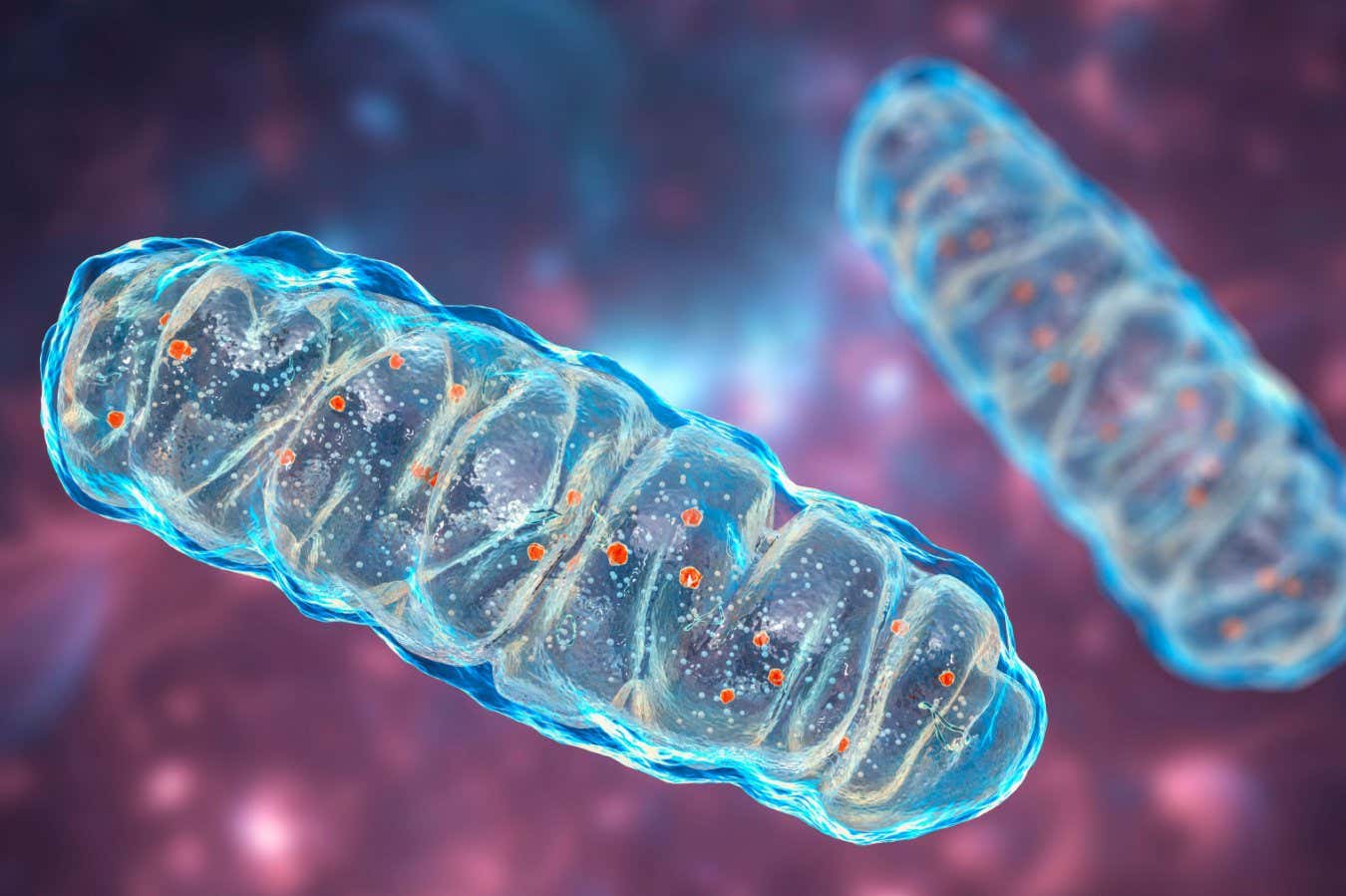
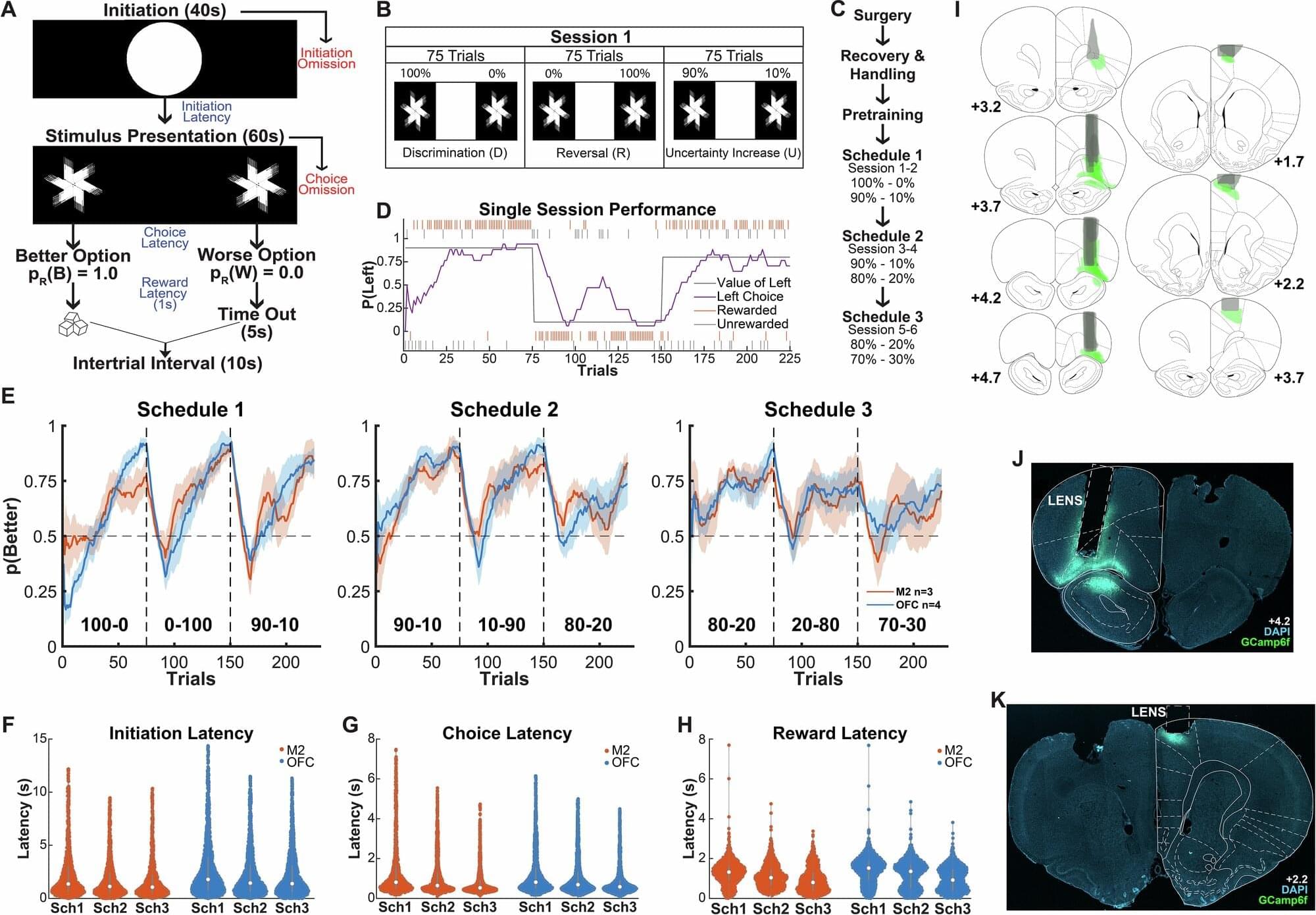
Newly discovered brain cells are wired for uncertainty
Newly identified brain cells evolved along the theme, “Life is uncertain; Eat dessert first.” The neurons, located in the front part of the brain, are most active when the outcome of a decision is uncertain, suggesting that they help with decision making, along with learning and mental flexibility in general.
This UCLA discovery in rats could aid the development of new treatments that involve the targeting of rigid thought patterns such as those in anxiety and substance use disorders in humans, who also have the same kind of brain cells.
“If we have full knowledge of the things that will happen, then we really don’t need to learn, and we don’t have to adapt our behavior,” said Alicia Izquierdo, a UCLA professor of behavioral neuroscience in the department of psychology and the senior author of the paper published in the journal Nature Communications.

1,000-year-old gut microbiome revealed for young man who lived in pre-Hispanic Mexico
Analysis of preserved feces and intestinal tissue has revealed specific types of bacteria that were present in the microbiome of a young adult man who lived in Mexico about 1,000 years ago, prior to Spanish colonization. Santiago Rosas-Plaza of Universidad Nacional Autónoma de México and colleagues present these findings in PLOS One.
The human gut microbiome consists of microorganisms, including bacteria, that naturally live in people’s intestines. Certain types of bacteria are widely associated with the human gut microbiome, but a person’s particular mix of bacteria may vary depending on factors such as age, diet, health, and where they live. Studying ancient microbiomes using mummies and human remains can therefore deepen understanding of ancient populations and show how the human microbiome may have changed over time.
A growing number of ancient microbiomes have been revealed, including for an ancient Incan person and Germany’s “Tyrolean Iceman.” To further expand the field, Rosas-Plaza and colleagues analyzed the exceptionally well-preserved remains of a man discovered in a rock shelter in Zimapán, Mexico. Prior analyses suggest the “Zimapán man” was most likely a seasonal seminomadic hunter-gatherer who was part of the ancient Mesoamerican Otopame culture and died about 1,000 years ago between the ages of 21 and 35.
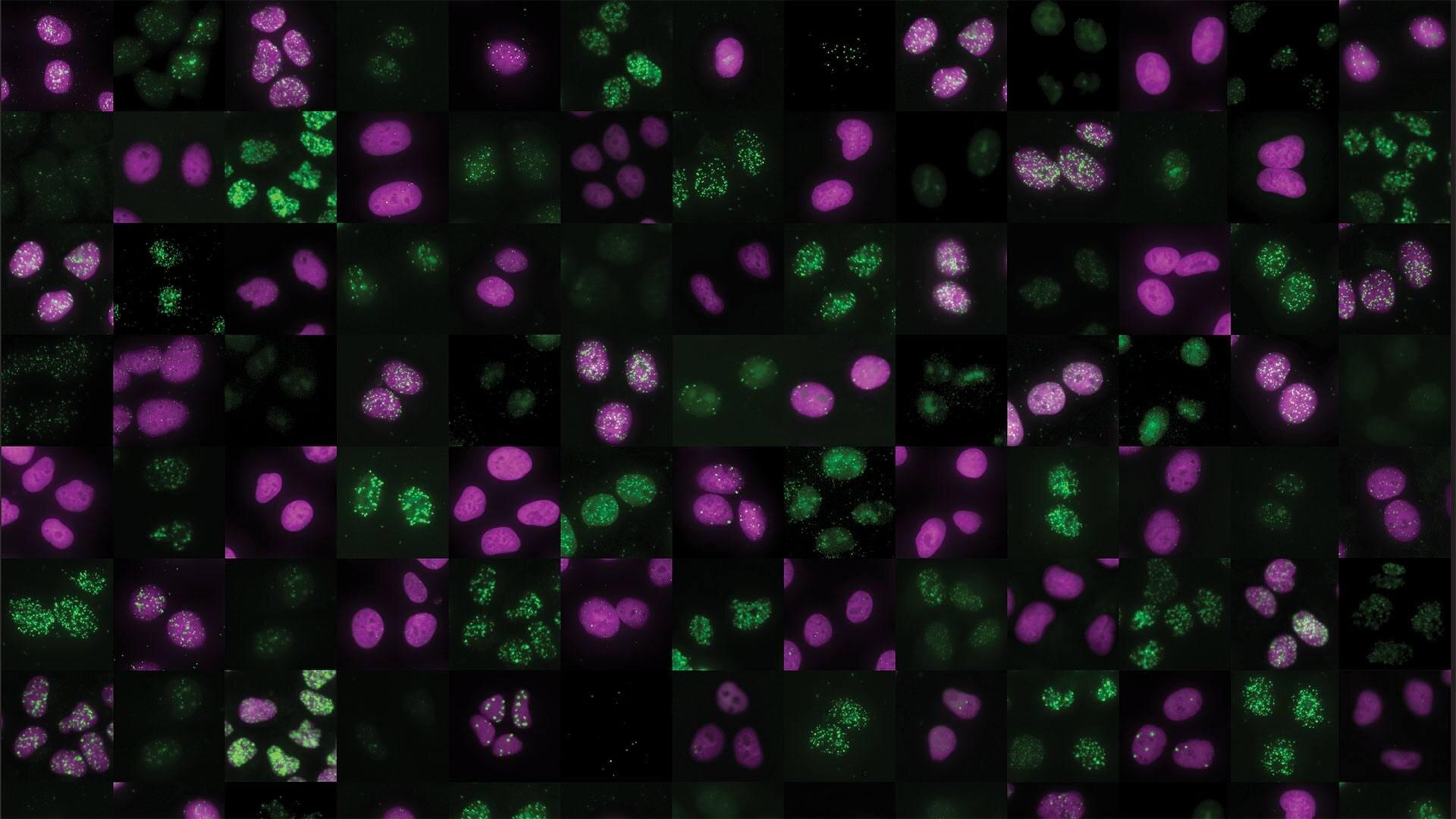
‘Traffic controller’ protein that protects DNA discovered, and it may help kill cancer cells
Mayo Clinic researchers have identified a protein that acts like a traffic controller for DNA, preventing damage during cell division—a discovery that could lead to new cancer therapies, according to a study published in Nature.
“DNA is the code of life. It’s critical for how a cell functions, but it’s also critical for our own being and defines what we are,” says Zhenkun Lou, Ph.D., the Swanson/Schmucker Endowed Professor to Support Health and Cancer Research at Mayo Clinic and the senior author of the new study.
When cells divide, DNA must be copied from one cell to the next—a process called replication. Dr. Lou’s research team discovered that a protein called KCTD10 plays a surprising role in protecting DNA during this critical stage. Acting like a built-in sensor, KCTD10 helps shield the DNA replication machinery from damage.
